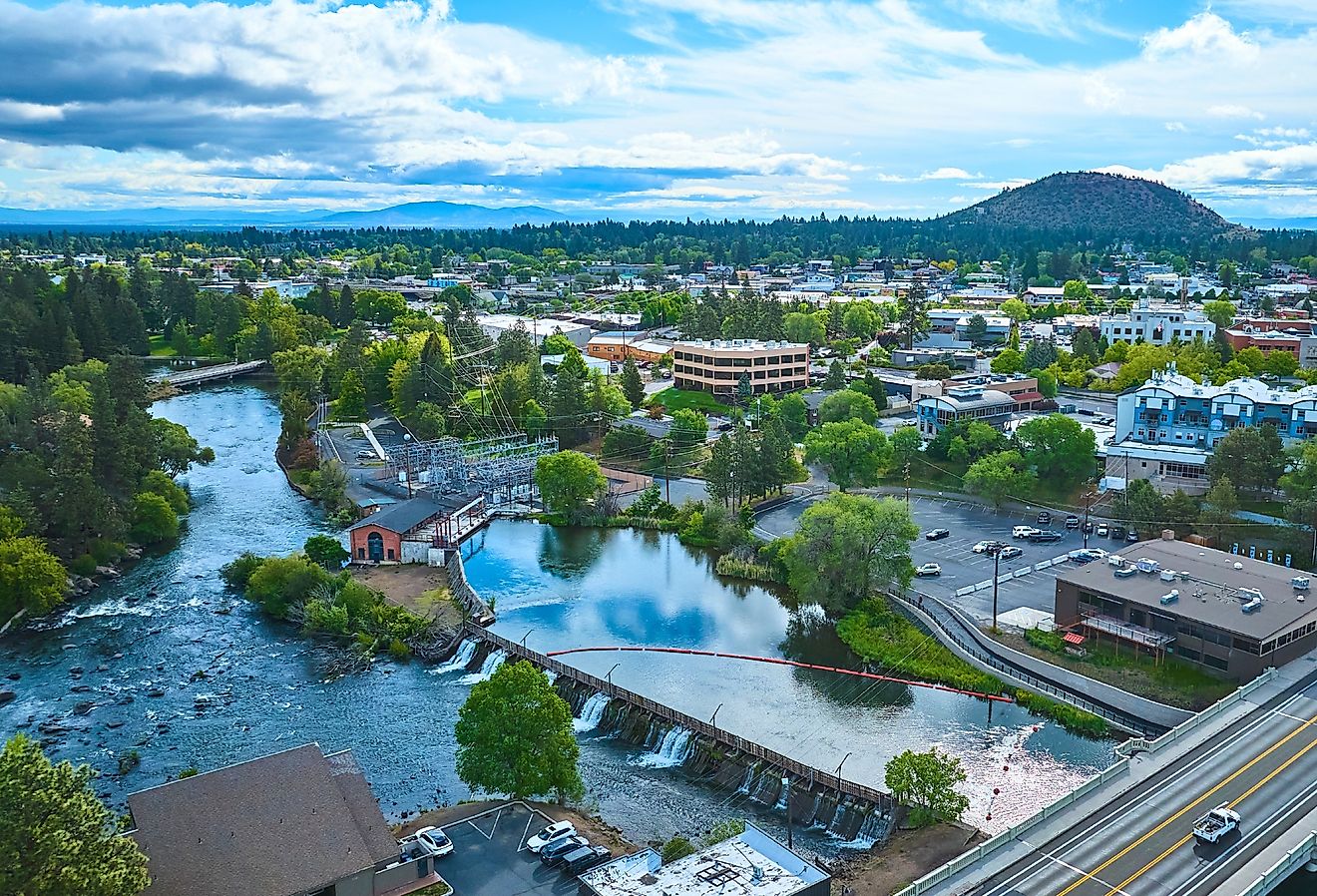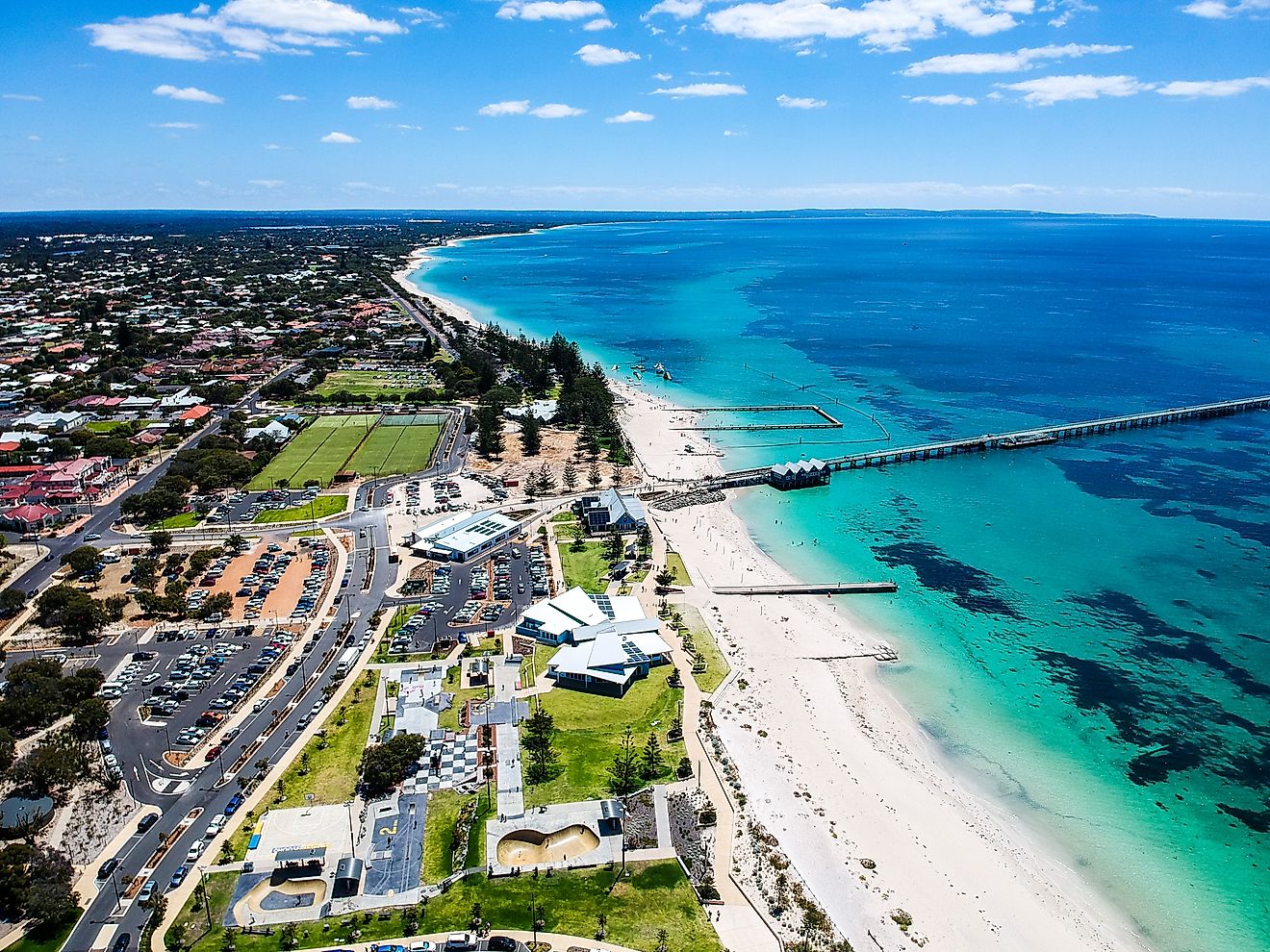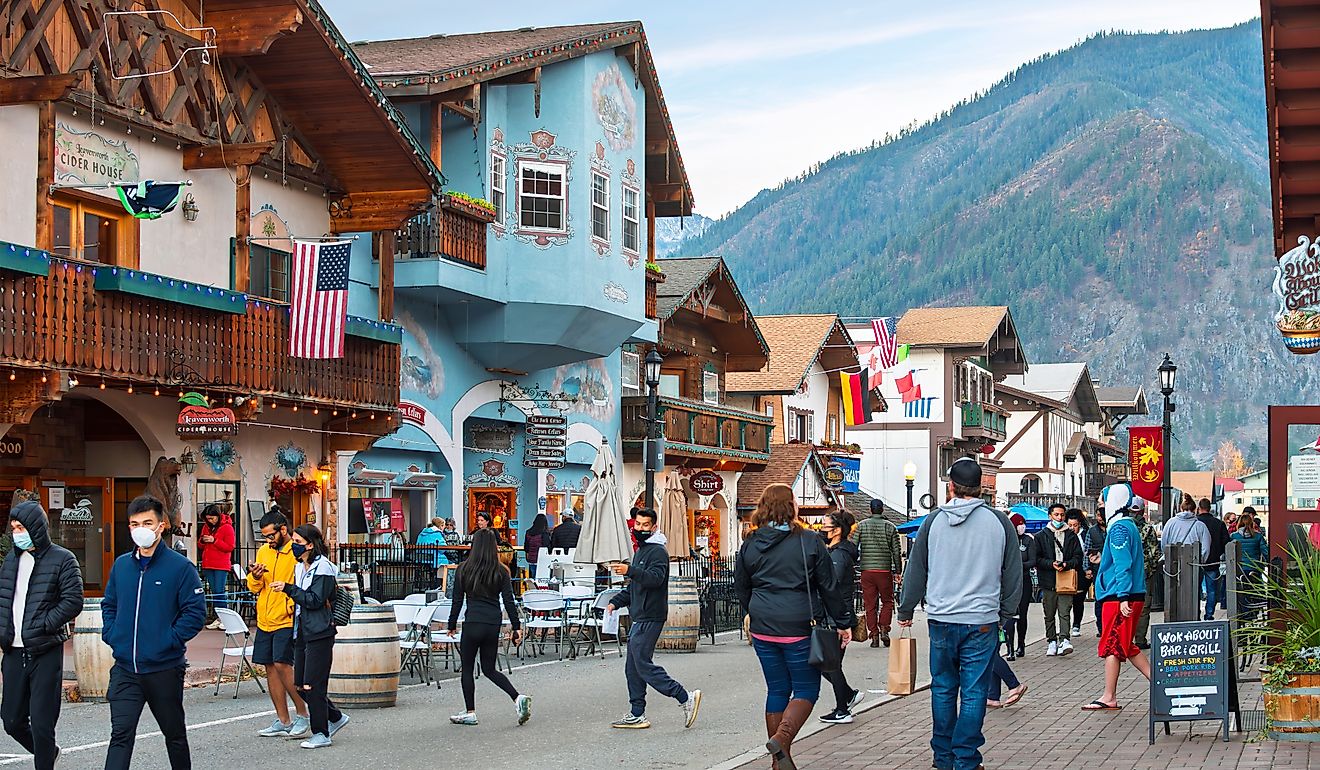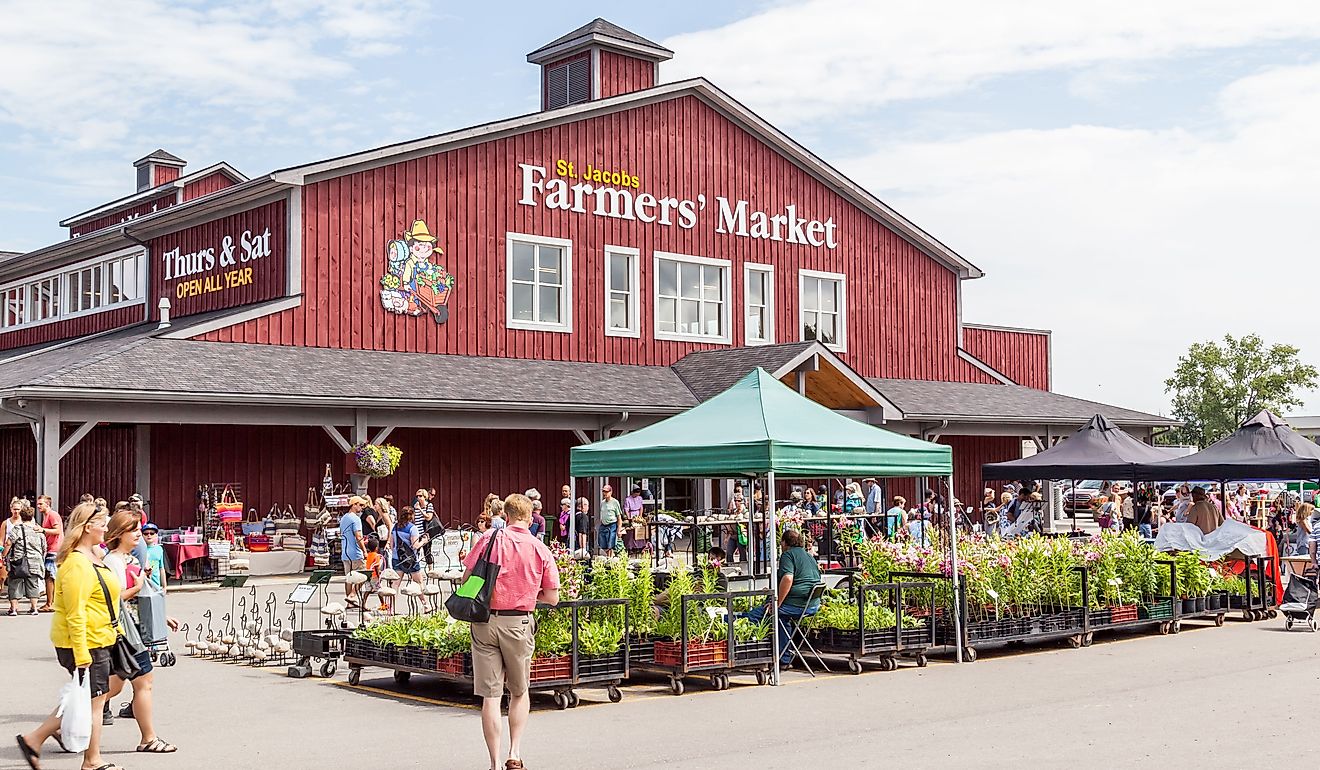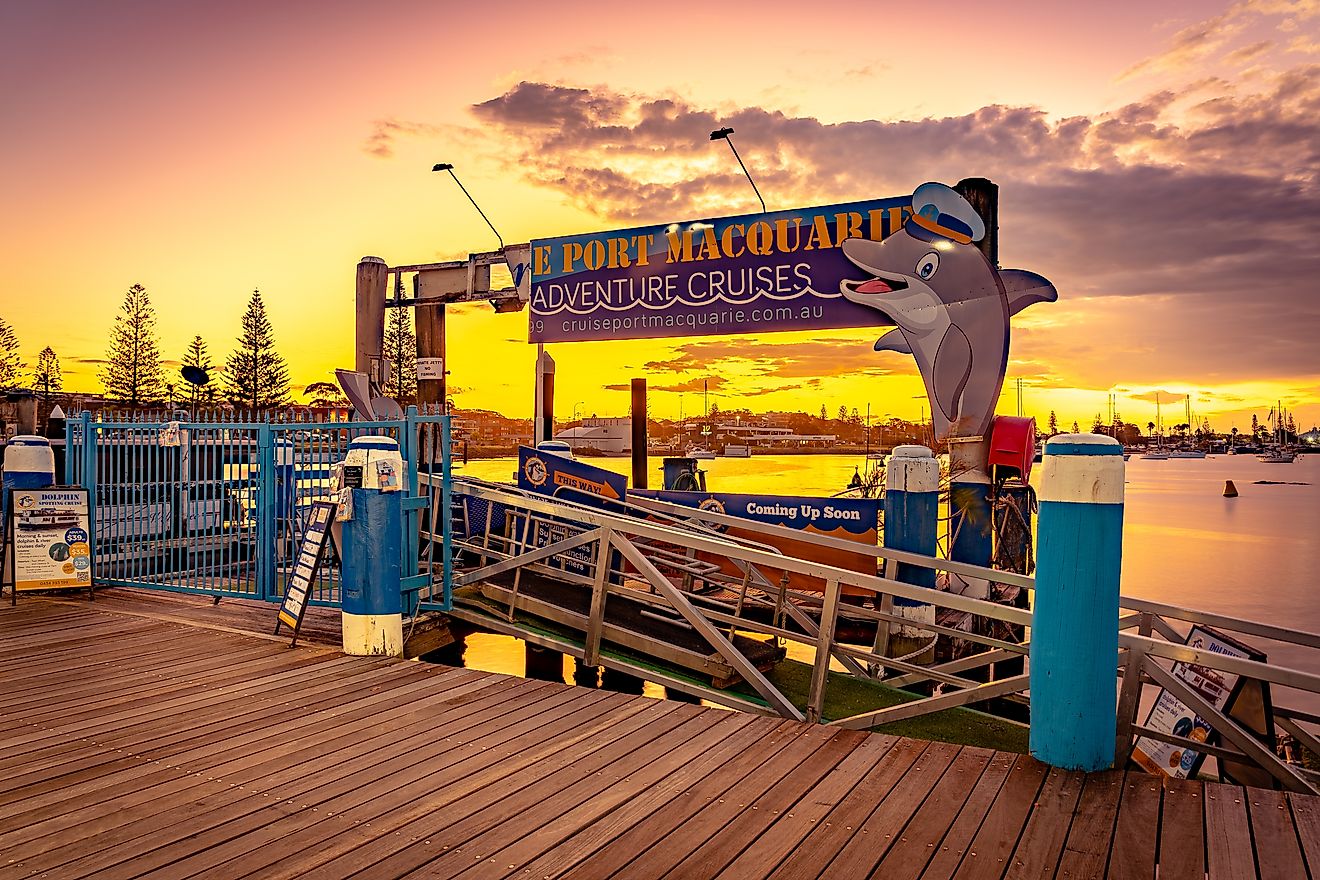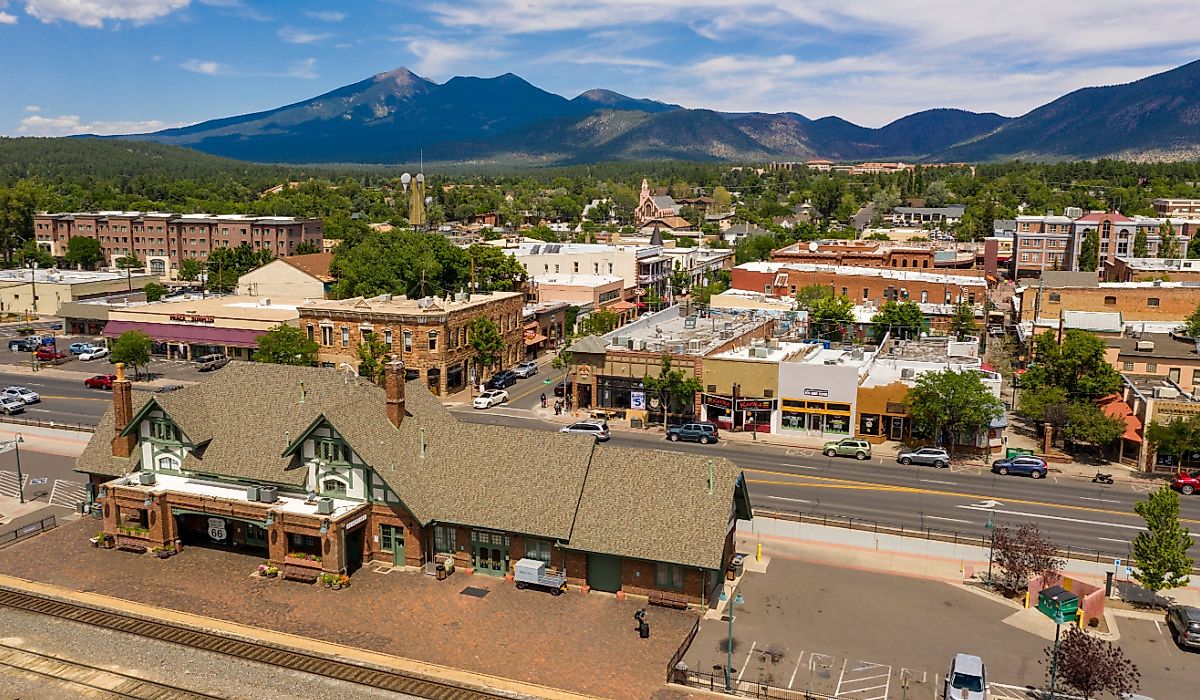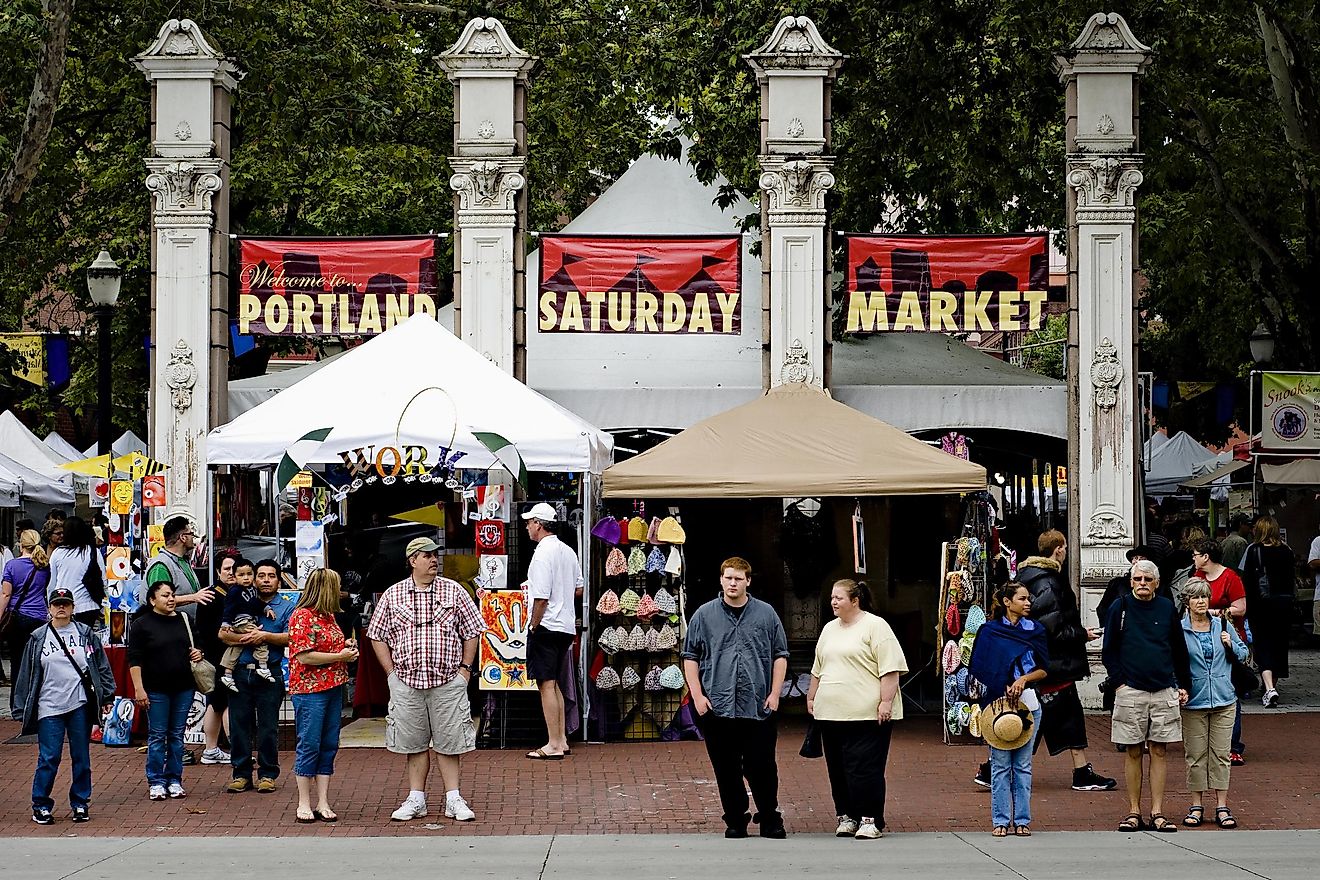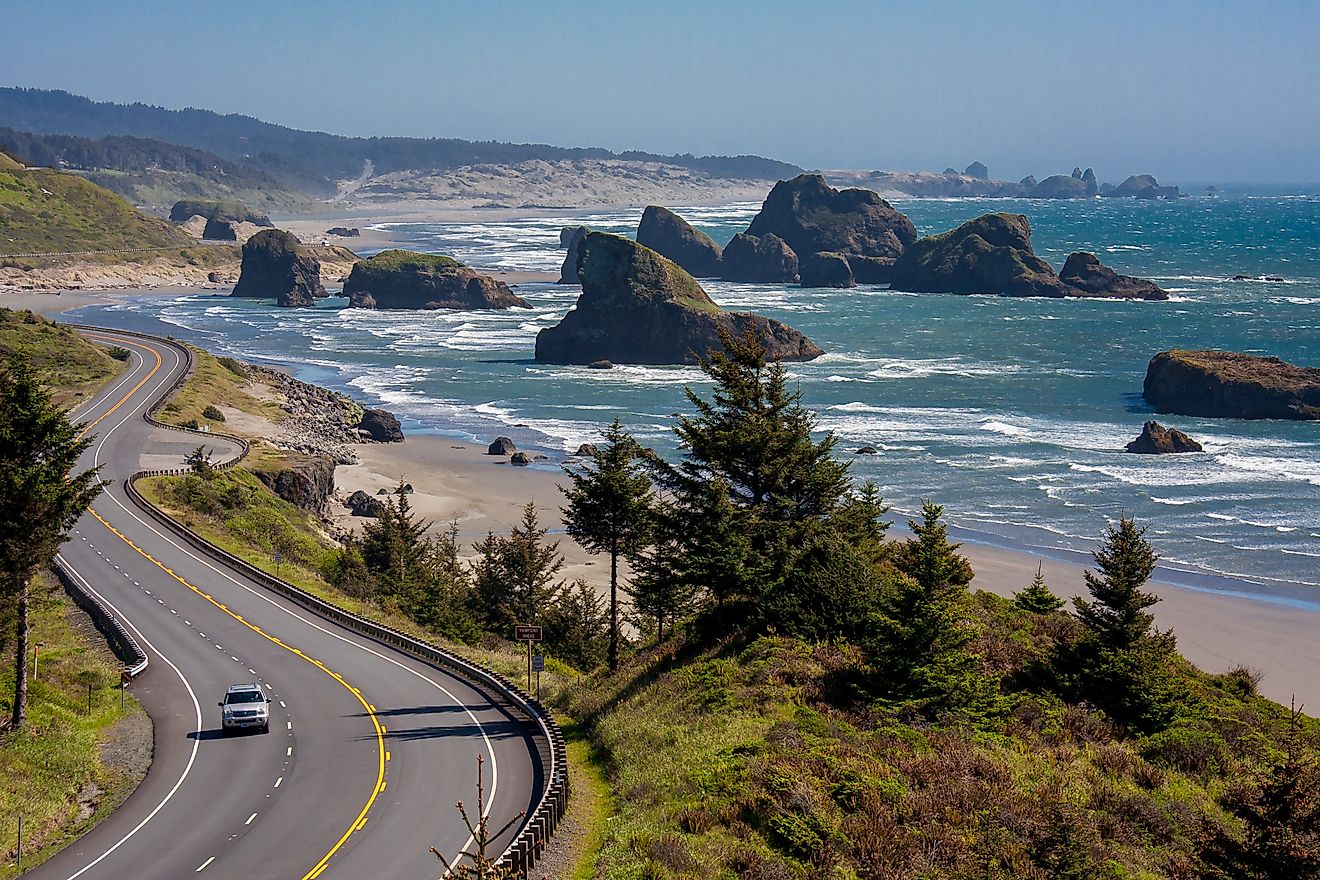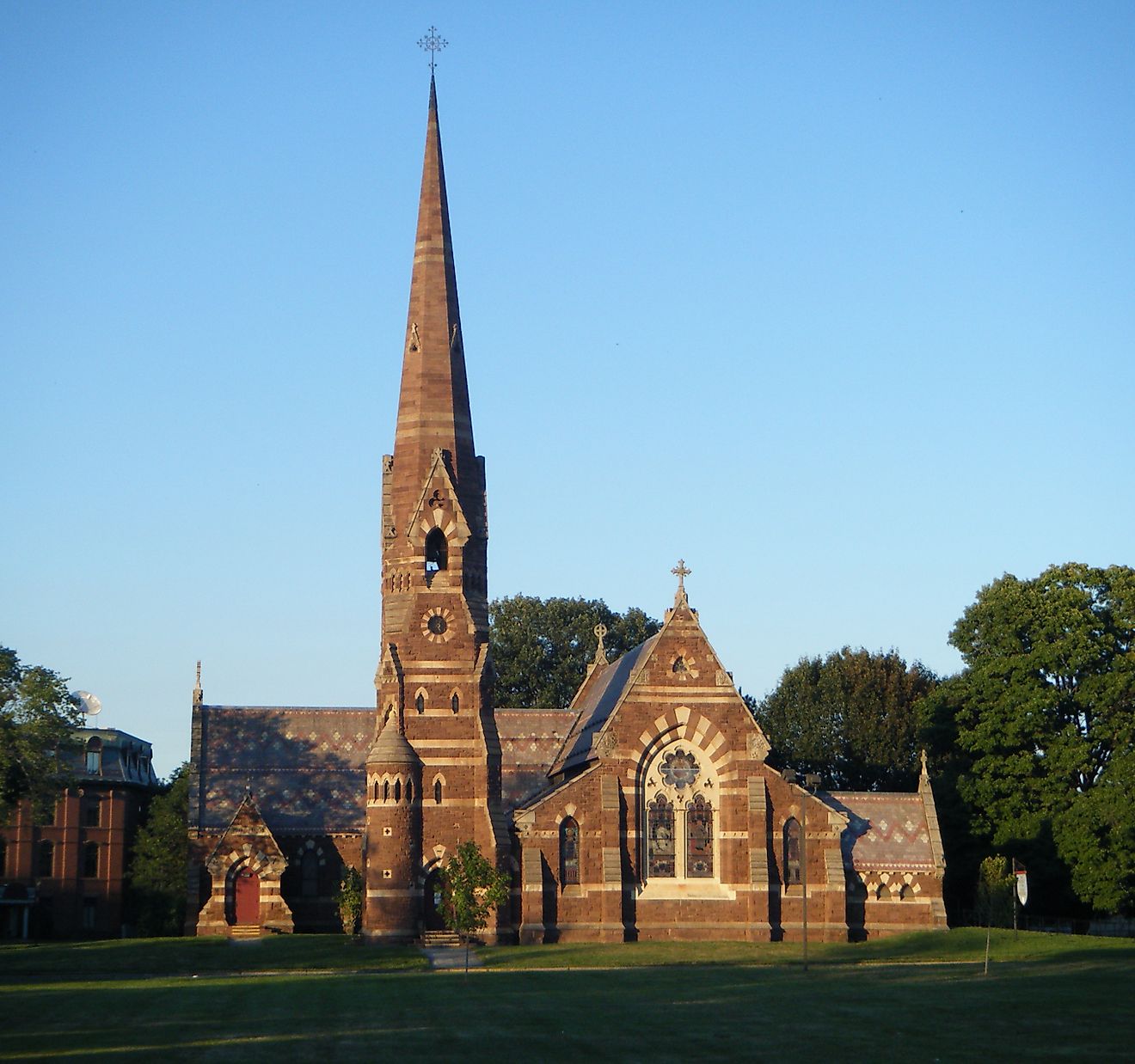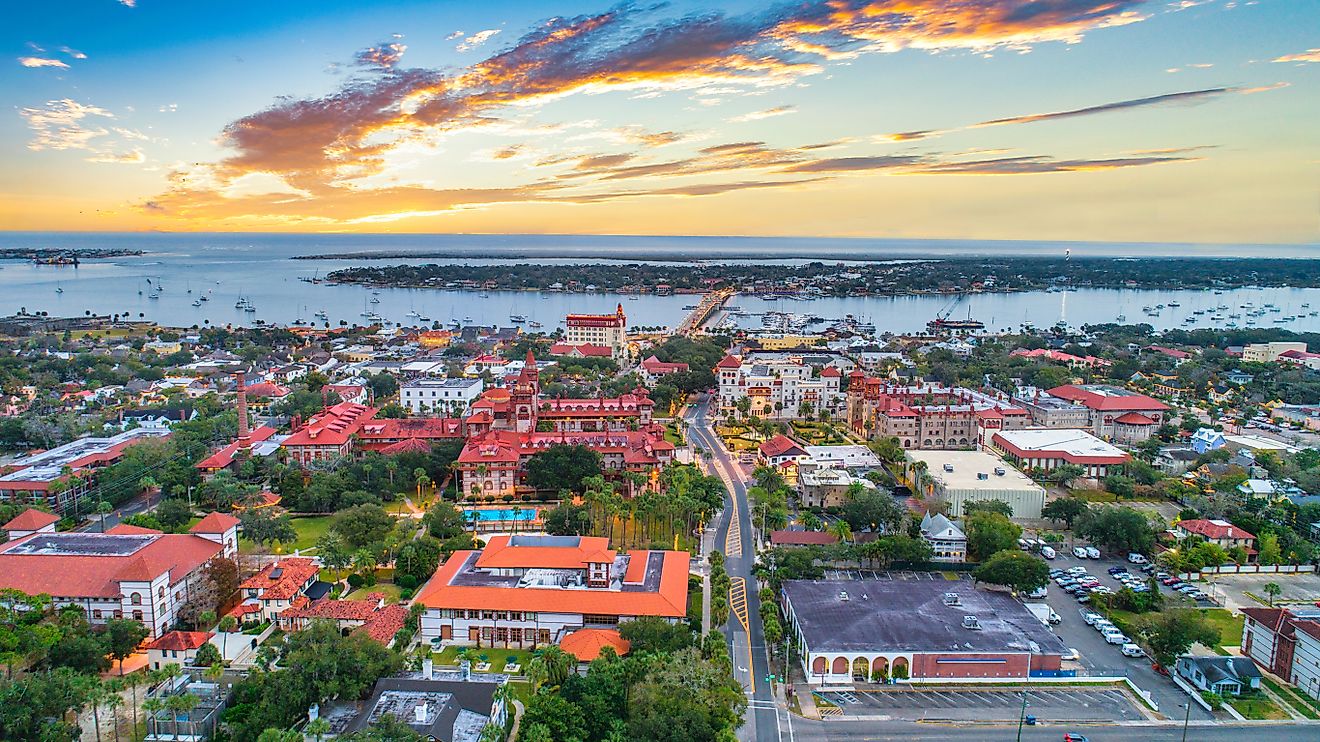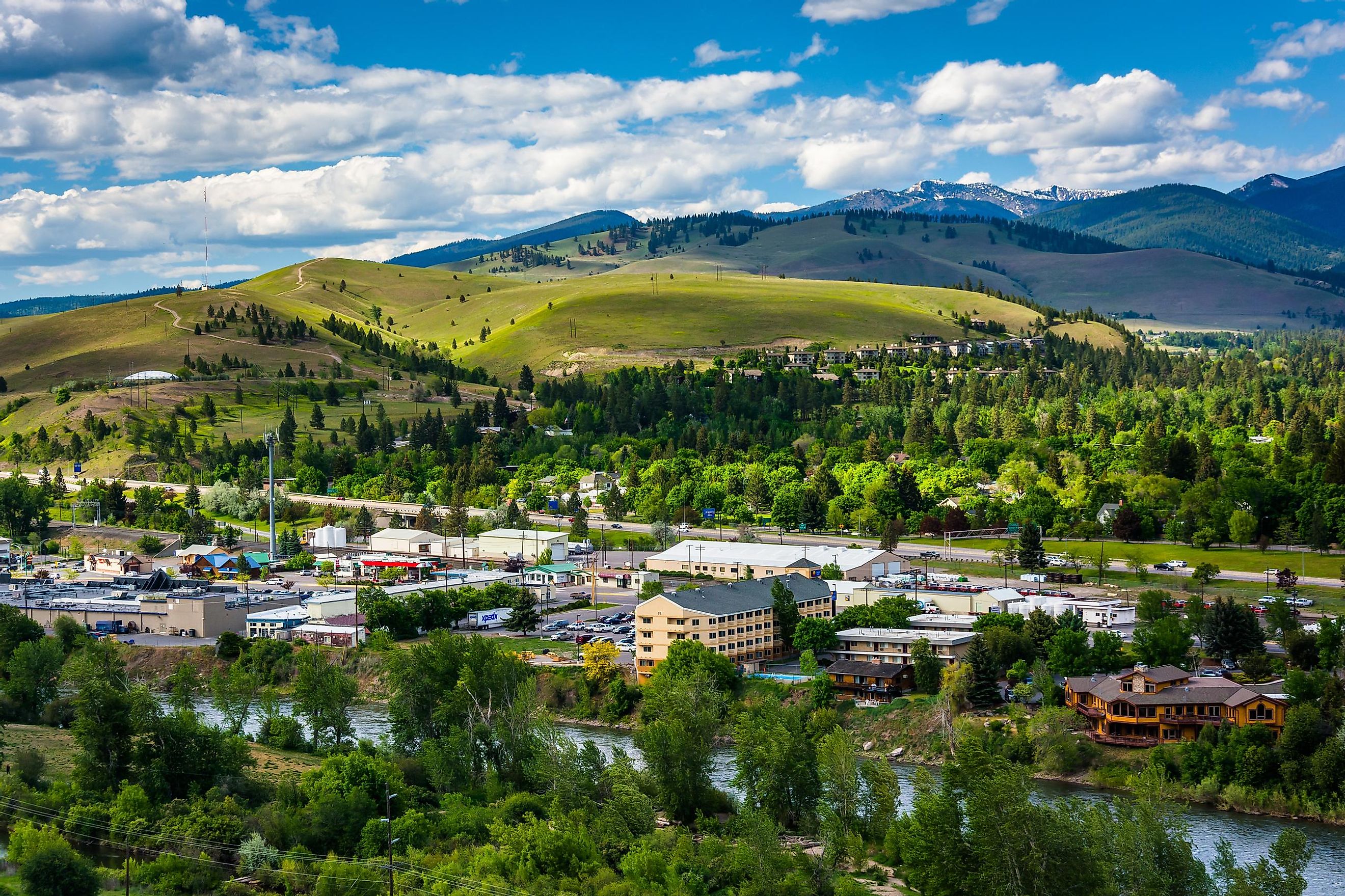
10 Largest Cities In Montana
The state of Montana in the North-Central United States goes by many names. Over the years, this generous and breathtaking land has been called "Big Sky Country," "The Treasure State," and "The Last Best Place." All of these amiable designations reflect Montana's resource-rich history, its Rocky Mountain allure, and the blending of two quintessential American cultures: Indigenous tribes and buck-wild cowboys. But despite its universal appeal, Montana remains one of the least-populated states (44th as of the 2020 census), which is actually part of the attraction. Here are the top ten cities where Montanans have laid down roots.
1. Billings - 119,706
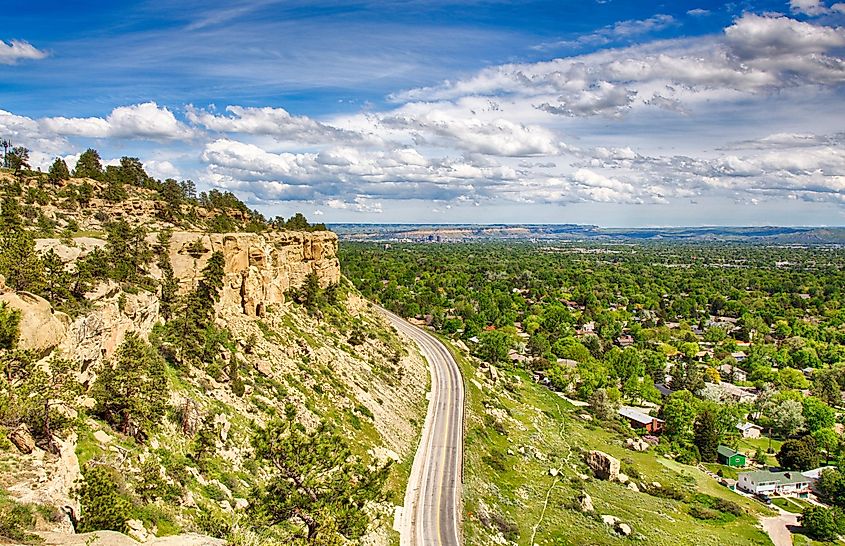
Located in South-Central Montana, on the Yellowstone River, Billings is the only city in the state to crack 100,000 residents. It is the seat of Yellowstone County, a former rail hub and continued commerce center for the state's Eastern region. In the early 1900s, Billings was nicknamed "The Magic City" for its swiftly growing population. That magic is still very much alive today. Between the 2010 and 2020 censuses, the population grew by 12.4%.
2. Missoula - 74,829
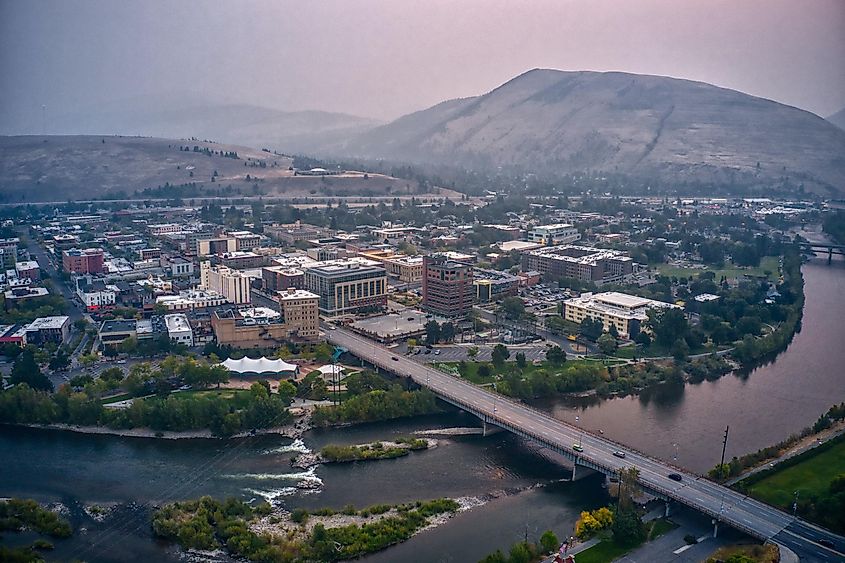
In Western Montana, stacked between the quaint Bitterroot Valley (to the South) and the rambunctious Glacier National Park (to the North), is the scenic city of Missoula. Here, the Bitterroot River, Clark Fork River, and Blackfoot River run through town. Missoula is also surrounded by National Forests and Wilderness Areas, with the Rockies stepping up to fill that lovely and ubiquitous Montana horizon. This setting not only provides the state's usual spread of outdoor activities but also some of the social benefits that come from blending nature and a nature-appreciative community. Missoula is the seat of Missoula County and saw a 10% growth in population between 2010 and 2020.
3. Great Falls - 60,830
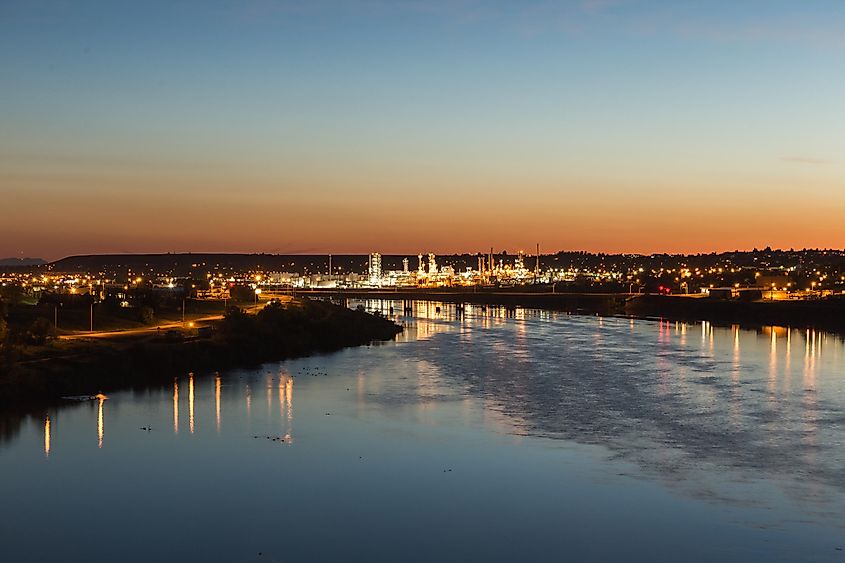
Great Falls is the seat of Cascade County in Central Montana. It is located on the Missouri River, the source of five splendid waterfalls that the city takes its name after. The falls at Ryan Dam is perhaps the most magnetic, but each set deserves to be marveled at during a hike, bike, or run up and down the banks. Great Falls is also called "The Electric City," as it has made excellent use of its renewable natural resource by building hydroelectric dams at three of the five falls. Though growth has been relatively moderate (3.3% from 2010 to 2020), Great Falls continues to be one of Montana's biggest tourist attractions, welcoming approximately 1 million visitors each year.
4. Bozeman - 56,495
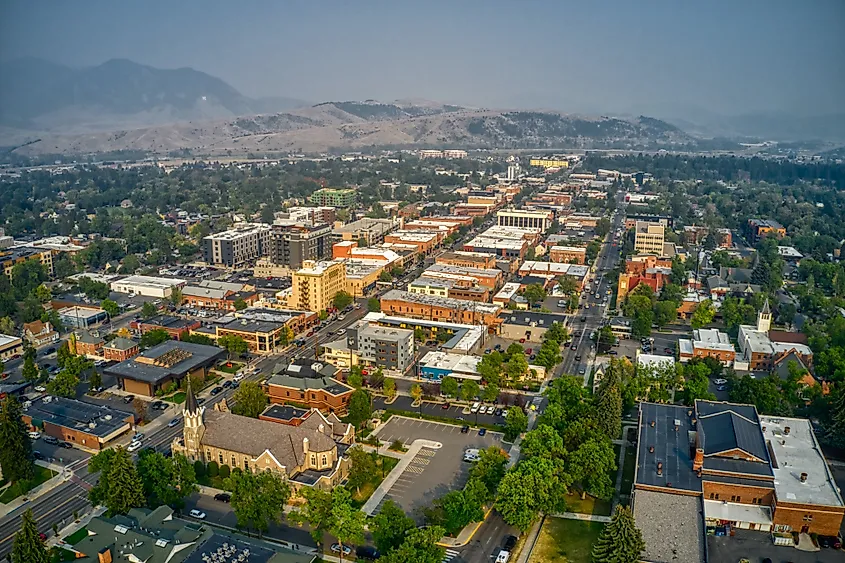
This pristine Southern Montana mountain town makes for a relaxed and charming place to take in the natural beauty, attend Montana State University, absorb a bit of eclectic culture, and leap off to nearby attractions. Around Bozeman, visitors can try their hand at backpacking/camping, fishing, rock climbing, and all kinds of biking; plus, there are outdoor festivals, street markets, rodeos, and friendly patios to peruse. The Big Sky Ski Resort and Yellowstone National Park are just south of town, and a short drive Northwest is Lewis & Clark Caverns State Park. Though currently fourth in terms of population, Bozeman takes the crown for the fastest-growing city in Montana. Between 2010 and 2020, this seat of Gallatin County grew by 43%!
5. Butte - 34,688
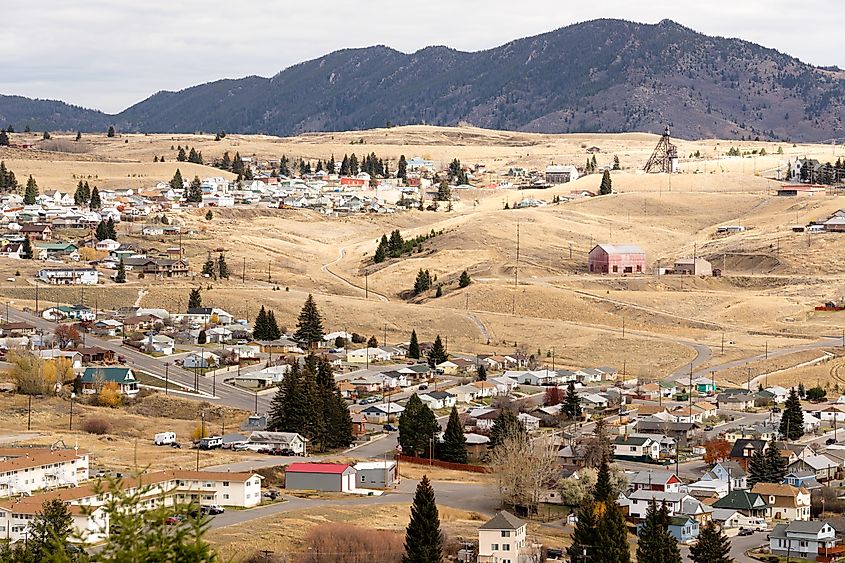
About equidistant between Bozeman and Missoula, along Interstate 90, is the city of Butte. Because of its favorable location, this seat of Silver Bow County provides access to all the same outdoor recreation as the latter two cities but from a base camp that is even quieter and much more spread out. Given its large footprint, Butte's population density is only about 48.2 people per square mile. The town initially came to fame as "the richest hill on earth," owing to the slew of copper deposits. The wealth this generated is evidenced by the Victorian uptown district and the scattered opulent mansions scattered.
6. Helena - 32,871
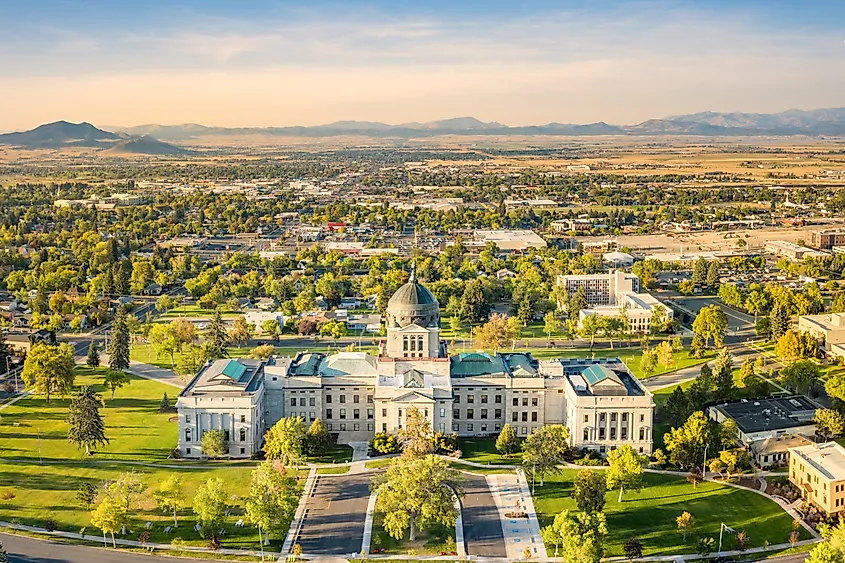
Helena is the capital city of Montana, the seat of Lewis and Clark County, and is another example of Montana's quite literal rich history. This gold mining community was founded in 1864, in West-Central Montana, in order to capitalize on the gold rush. Given its lucrative exploits and blessed surroundings, Helena became known as the "Queen City of the Rockies." The Victorian-era architecture is worthy of royalty and continues to draw attention to the city. Unlike some sister cities, Helena still actively mines gold and lead. The mining, combined with her duties as the state capital and middle-ground position between the two major national parks, has contributed to continued growth throughout the years.
7. Kalispell - 25,484
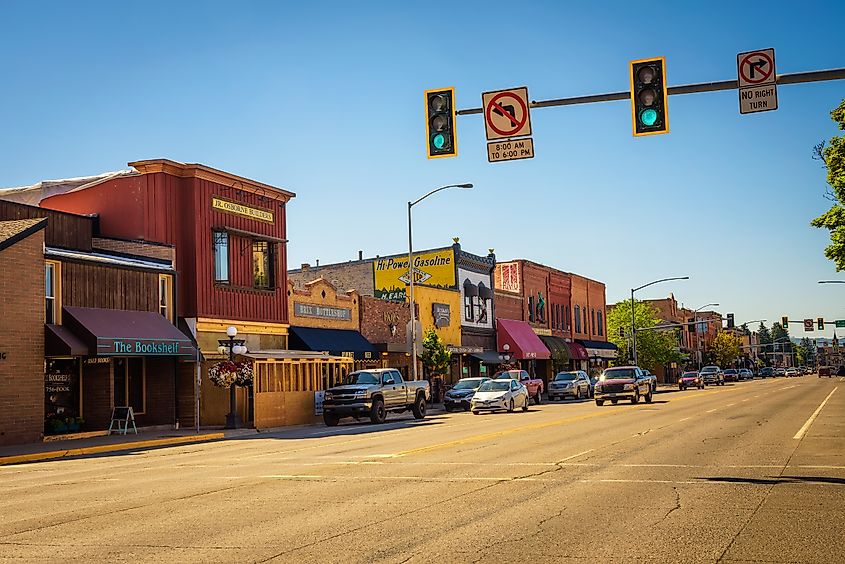
Kalispell is the seat of Flathead County in Northwestern Montana. It is another perfectly-located city for lovers of the outdoors. Immediately South is Flathead Lake, and minutes to the North is Glacier National Park and the start of its acclaimed Going-to-the-Sun Road. To the East is Flathead National Forest, and slightly further to the West stretches the Kootenai National Forest. As any classic mountain town should, Kalispell has a spirited downtown strip filled with good grub, craft breweries, and shops to support grand adventures or easy-going afternoons.
8. Belgrade - 11,074
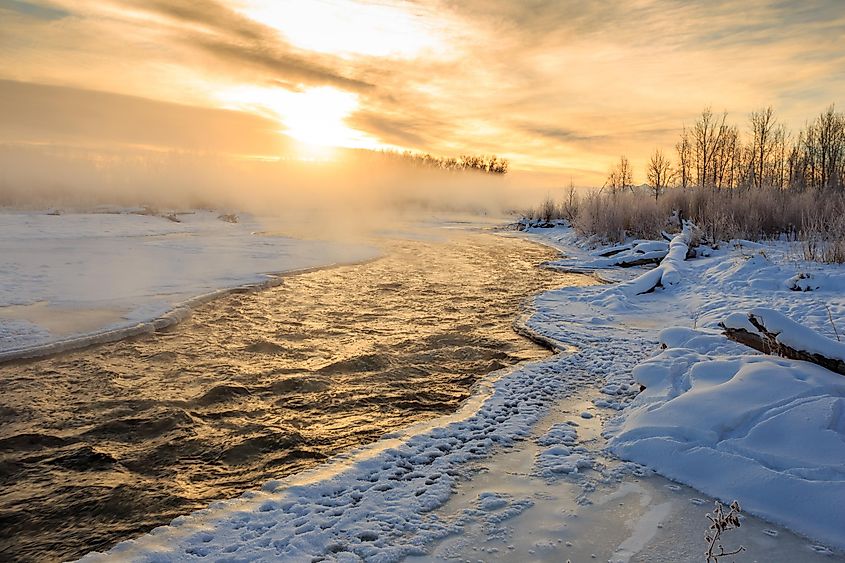
Just eleven miles Northwest of Bozeman, the city of Belgrade has also benefited from the rush of residents to Gallatin County. Though just eclipsing the modest population of 10,000 people, since 2010, Belgrade has experienced the second-highest growth rate in Montana (41.6%). This city was named after the capital of Serbia in honor of one of the key financiers of the Northern Pacific Railroad, which made the town's founding possible. Belgrade is the site of the Bozeman Yellowstone International Airport and acts as a suburb of the more bustling Bozeman. By the metric of population density, Belgrade is the top-dog on this list (3,218.5 people per square mile).
9. Anaconda - 9,445
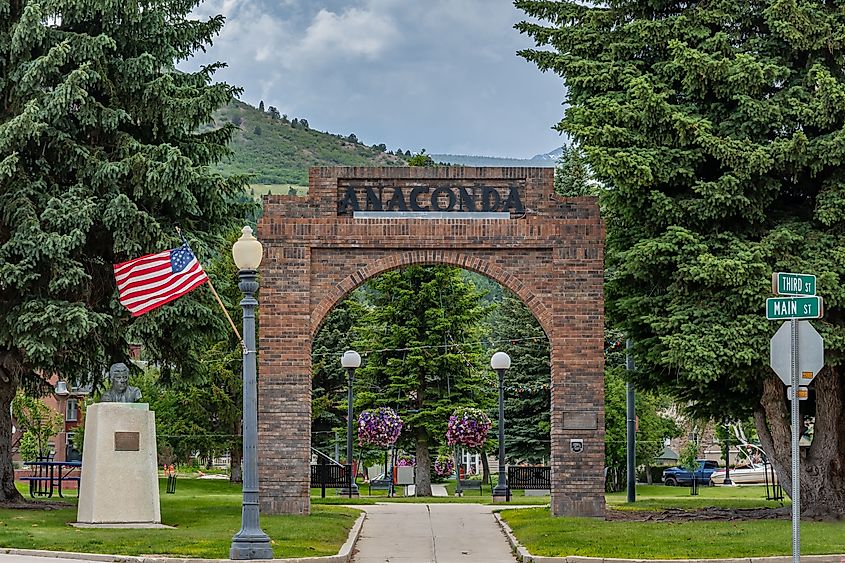
Approximately 25 miles Northwest of Butte is the curiously-named seat of Deer Lodge County. Founded by Marcus Daly in 1883, he originally sought the name Copperopolis (to reflect the Copper boom) before settling on Anaconda, the name of one of his successful mines. Once home to the world's largest non-iron smelter and refining complex, this site was closed in 1980 before being cleaned up and turned into a high-end golf course. Nowadays, Anaconda's economy leans on tourism (based around outdoor recreation and history) rather than extraction. The small population and significant land area give Anaconda the lowest population density on this list (12.8 people per square mile).
10. Havre - 9,372
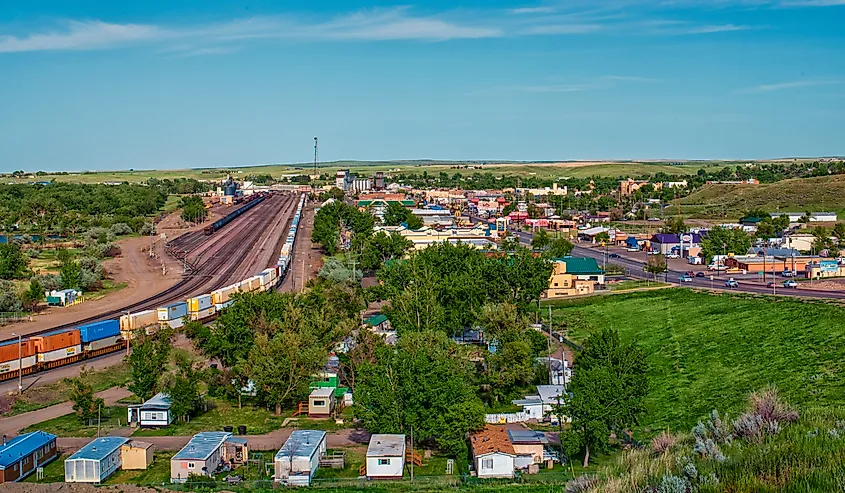
Rounding out the top ten is this rural agricultural community in North-Central Montana. Havre is just shy of the Saskatchewan, Canada border, placing it firmly in prairie territory, though still easily within reach of the mountains. Students seeking the quiet life are drawn to Montana State University (Northern), while residents of all kinds can enjoy the unspoiled beauty of this laid-back railroad town.
A love of nature and the desire for anonymity are some of the main reasons people find themselves in Montana. There are certain areas that draw big crowds, namely Glacier National Park and Yellowstone National Park, but generally speaking, Montana allows one to escape the noise, breathe some fresh air, and truly explore one of the last best places.
30 Largest Cities In Montana
| Rank | Name | Population |
|---|---|---|
| 1 | Billings | 119,706 |
| 2 | Missoula | 74,829 |
| 3 | Great Falls | 60,830 |
| 4 | Bozeman | 56,495 |
| 5 | Butte | 34,688 |
| 6 | Helena | 32,871 |
| 7 | Kalispell | 25,484 |
| 8 | Belgrade | 11,074 |
| 9 | Anaconda | 9,445 |
| 10 | Havre | 9,372 |
| 11 | Helena Valley Southeast | 9,356 |
| 12 | Helena Valley West Central | 8,828 |
| 13 | Miles City | 8,342 |
| 14 | Evergreen | 8,255 |
| 15 | Livingston | 8,240 |
| 16 | Whitefish | 8,029 |
| 17 | Laurel | 7,322 |
| 18 | Lockwood | 7,275 |
| 19 | Sidney | 6,578 |
| 20 | Four Corners | 6,453 |
| 21 | Lewistown | 5,962 |
| 22 | Columbia Falls | 5,432 |
| 23 | Orchard Homes | 5,413 |
| 24 | Bigfork | 5,288 |
| 25 | Polson | 5,280 |
| 26 | Helena Valley Northwest | 4,949 |
| 27 | Glendive | 4,861 |
| 28 | Hamilton | 4,721 |
| 29 | Lolo | 4,501 |
| 30 | Malmstrom AFB | 4,263 |
